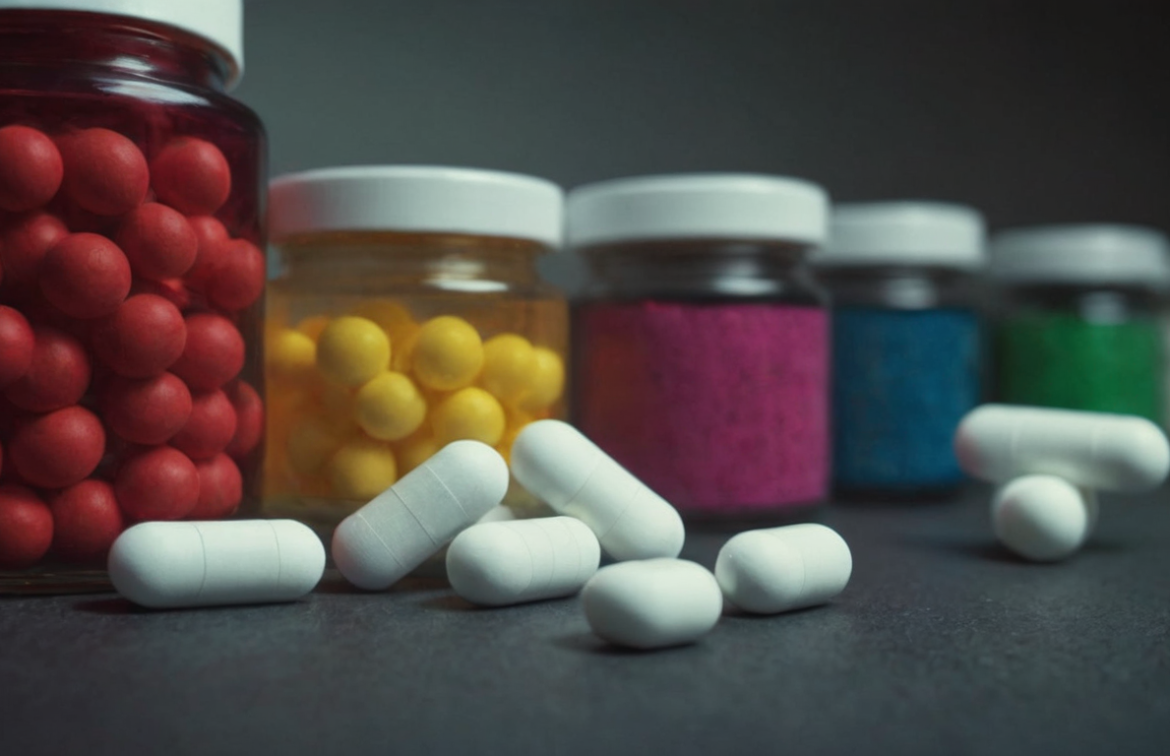Bacteria attain drug resistance against a specific antibiotic through several mechanisms, which may involve alterations in the bacterial cell membrane, changes in the drug target, or increased drug efflux.
To provide a detailed answer to the question, it is important to understand the different mechanisms through which bacteria become resistant to antibiotics. These mechanisms can be classified into two broad categories: intrinsic and acquired resistance. Intrinsic resistance is a natural characteristic of a bacteria species and is not associated with previous exposure to antibiotics. Acquired resistance, on the other hand, is a result of genetic mutations or the uptake of exogenous DNA from other bacteria or environmental sources.
Alterations in the bacterial cell membrane: The cell membrane acts as a barrier to antibiotics and other foreign substances, and any changes to this membrane can alter its permeability and affect the entry of antibiotics into the cell. One of the ways bacteria can become resistant to antibiotics is by modifying the composition of their cell membrane, which may include changes in the thickness and fluidity, as well as the composition of the lipids and proteins that make up the membrane. This modification can result in reduced antibiotic penetration, thereby decreasing the drug’s efficacy.
Changes in the drug target: The effectiveness of antibiotics depends on their ability to target a specific enzyme or protein within the bacterial cell. Bacteria may develop resistance by modifying the target protein, rendering the antibiotic ineffective. For example, many bacteria possess an enzyme called β-lactamase, which can break down β-lactam antibiotics, such as penicillin and amoxicillin, rendering these drugs ineffective.
Increased drug efflux: Antibiotics can be pumped out of the bacterial cell by efflux pumps, which actively transport the drug away from the bacterial cell to decrease its intracellular concentration. Bacteria can develop resistance by either increasing the number of efflux pumps or enhancing the pump’s activity. This increased efflux can lower the intracellular drug concentration, allowing the bacteria to survive even in the presence of the antibiotic.
Antibiotic target mimicry: Another way bacteria can develop resistance is through the production of small molecules called efflux pump mimics, which can bind to and inhibit efflux pumps, preventing antibiotic efflux. Additionally, some bacteria can produce enzymes called drug efflux pump inhibitors, which inhibit the activity of efflux pumps, thereby rendering the antibiotic ineffective.
Enzymatic inactivation of antibiotics: Some bacteria produce enzymes that can inactivate antibiotics. For instance, some bacteria can produce β-lactamases, which break down β-lactam antibiotics such as penicillins and cephalosporins. This mechanism can render the antibiotic ineffective, as the target protein is not modified, but instead, the antibiotic is broken down before it reaches the target site.
Antibiotic modification or destruction: Some bacteria can modify antibiotics chemically, rendering them less active, or they can destroy them through the production of specific enzymes, which cleave the antibiotic molecules into inactive forms. This mechanism allows the bacteria to survive in the presence of the antibiotic.
In conclusion, bacteria can become resistant to antibiotics through various mechanisms, including alterations in the bacterial cell membrane, changes in the drug target, increased drug efflux, antibiotic target mimicry, enzymatic inactivation, and antibiotic modification or destruction. Understanding these mechanisms is crucial in the development of new strategies to combat drug resistance and ensure the efficacy of antibiotics.









